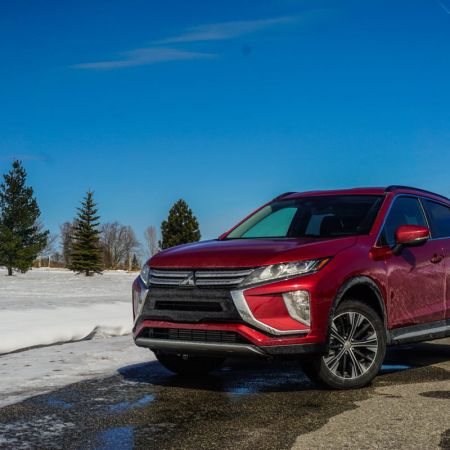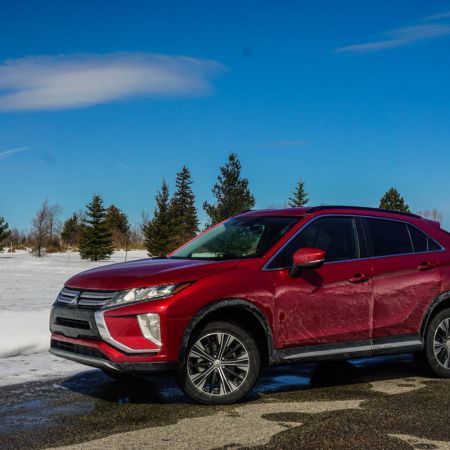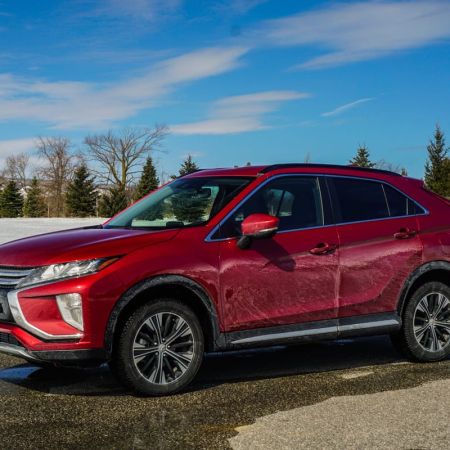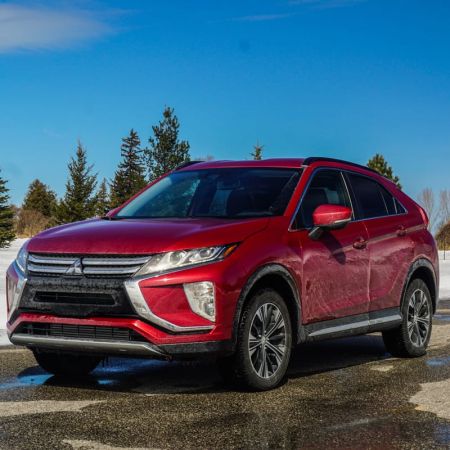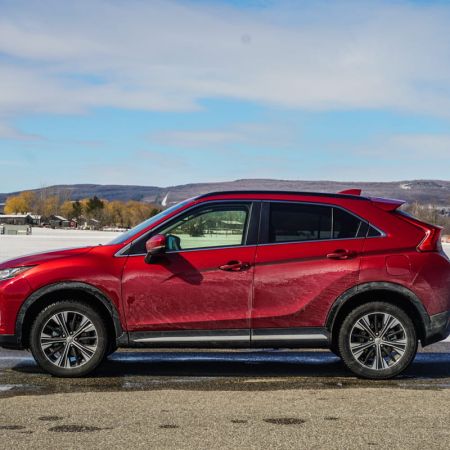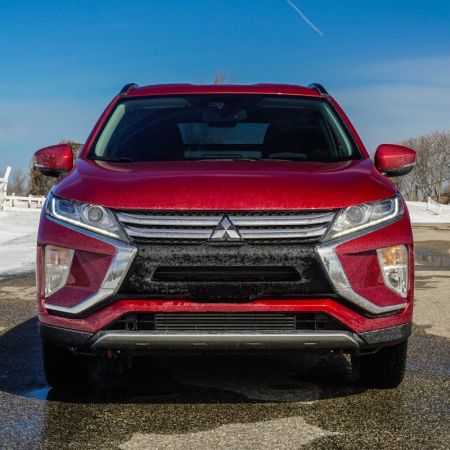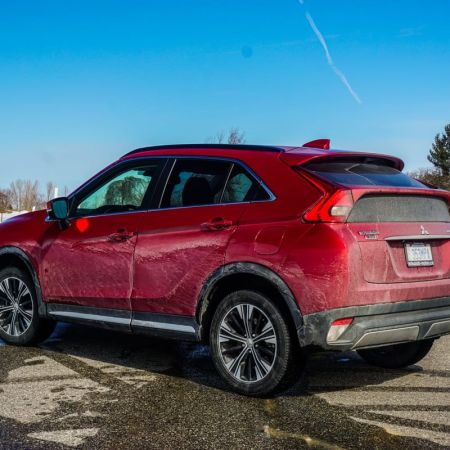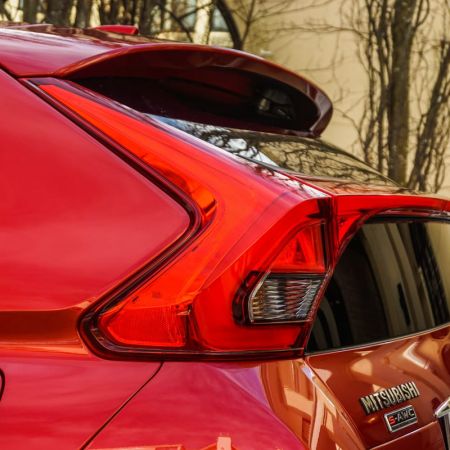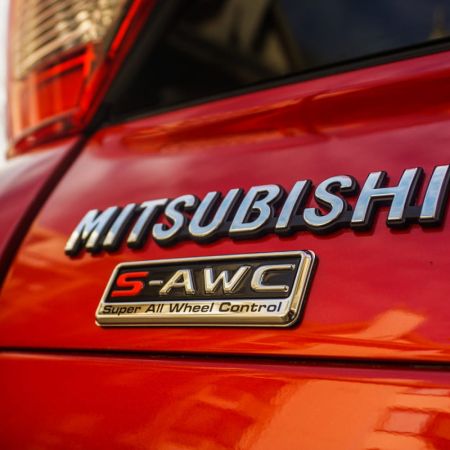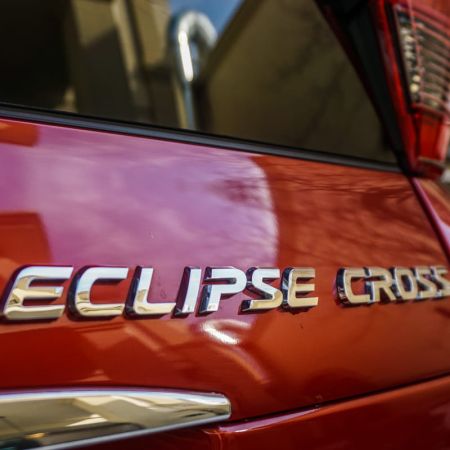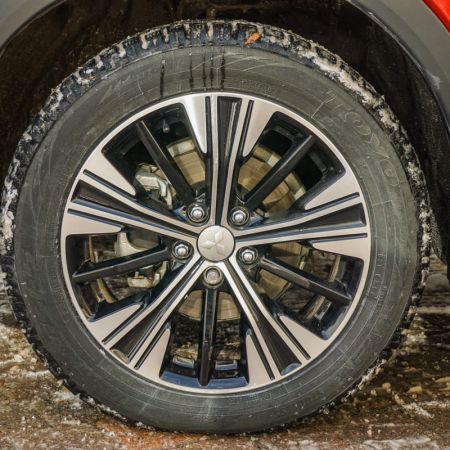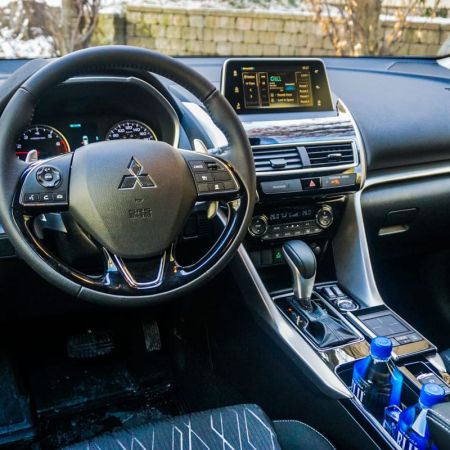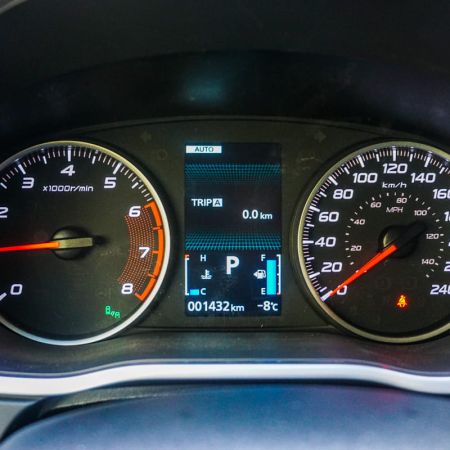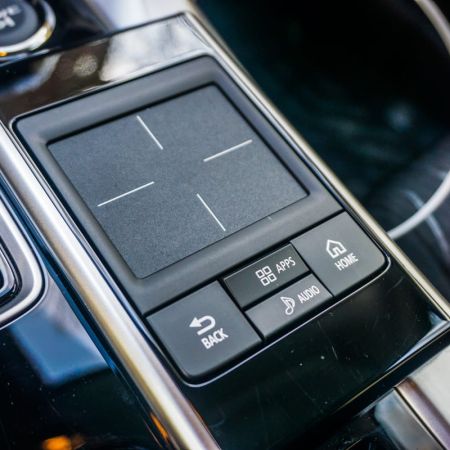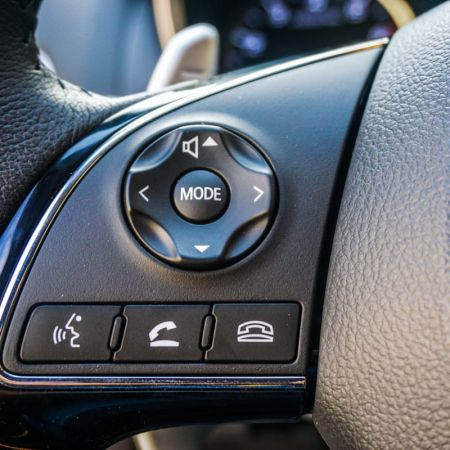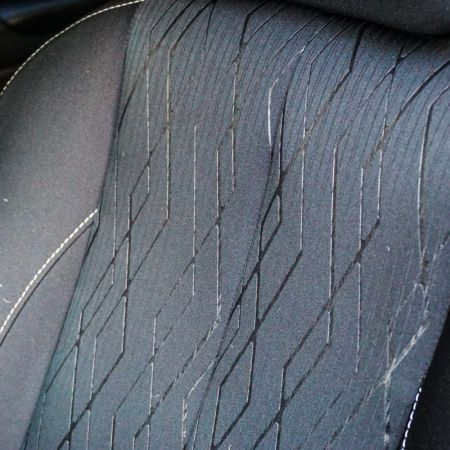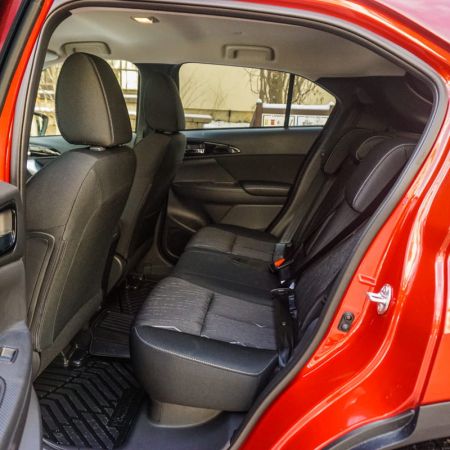COLLINGWOOD, ONTARIO – We’re living in a retro age, one where highly respected vehicular nameplates are brought back, often in order for a new product to pay homage to its ancestor. Lincoln’s Continental returned after an absence, as did the Chevrolet Camaro. When Mitsubishi Motors announced the revival of the Eclipse nameplate, those of us who grew up around The Fast and the Furious got justifiably excited, hoping for a turbocharged sports car that had a manual transmission, with the only reliability issue to fear being a “danger to manifold” message in the flip-out screen.

Unfortunately, the 2018 Mitsubishi Eclipse Cross we were invited to sample is a far cry from the sports coupe and convertible it shares its name with. The “Cross” in the new vehicle’s name is a lot more relevant. Here’s the thing – the original Eclipse was pretty great, inspiring a cult following to itself and its sister, the Eagle Talon. The final iteration that we saw fizz out after the 2012 model year was mediocre at best, a testament to the direction Mitsubishi was heading.
After announcing the departure of the legendary Evolution (reviewed here), Mitsubishi Motors is focusing all of their efforts on crossovers. This isn’t a bad move, considering smaller crossovers with all-wheel-drive are what seemingly every consumer is buying right now. The Eclipse Cross has a sloped roofline, similar to the BMW X4 (reviewed here) and the Mercedes GLC Coupe, but on a far more affordable level. Size-wise, it’s comparable to the likes of the Honda CR-V and Mazda CX-5, but has compromised cargo space due to the aforementioned roofline.
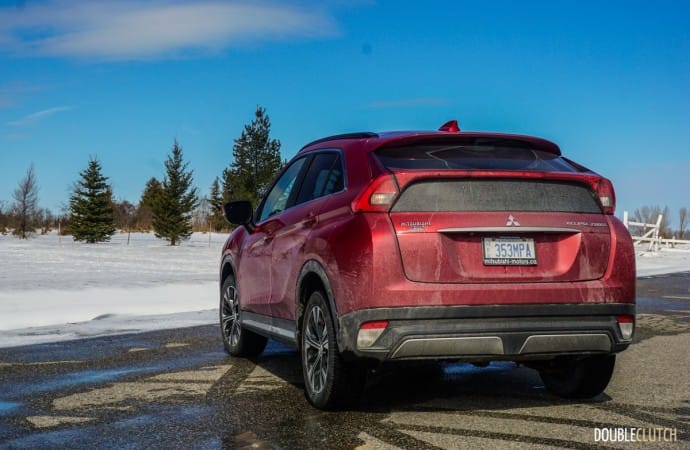
Aesthetically, the Eclipse Cross isn’t necessarily a bad-looking thing. The front end is a clear indicator of what the next generation of Outlander should look like, and what the RVR should have looked like for the past couple of years. The 173.4” length is fairly competent for the segment, and the 105.1” wheelbase is shared with the Outlander. The rear end is a little bit questionable, with a split rear window that obstructs visibility slightly. The taillights somewhat resemble those of the attractive Volvo XC60 (reviewed here), but the overall profile is all Mitsubishi.
What really is interesting lies under the hood, an all-new 1.5L turbocharged inline four-cylinder engine that’s codenamed “4B40”. This is the first North American application for this motor, but it’s a good guess that if the RVR returns for another generation, this will be the powertrain. The 4B40 has direct injection, variable valve timing, and an aluminum block. Power is 152 at 5,500RPM, and 184 lb-ft. of torque between 2,000 and 3,500RPM. The only available transmission is a CVT, though Asian and European markets will offer a six-speed manual.
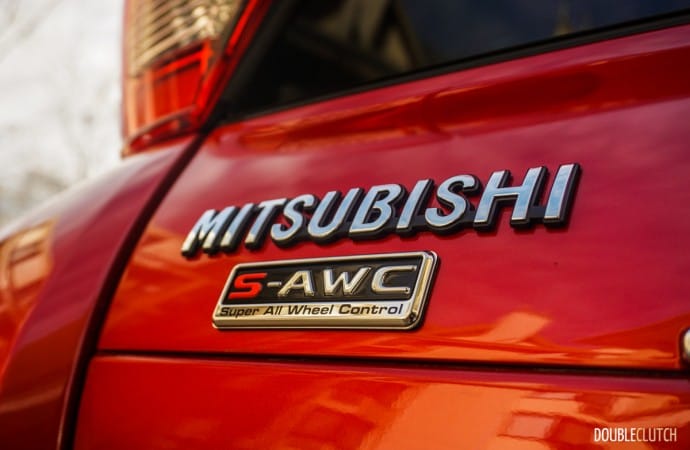
As with almost every other crossover offered, all-wheel-drive is standard on Canadian models of the Eclipse Cross. It’s called Super All-Wheel Control (S-AWC), but it’s differentiated from the one in the Lancer Evolution in one very blatant way. Rather than using a mechanical differential like the dearly-departed Evo, the Eclipse Cross’ S-AWC system uses the ABS, Active Stability Control, and the AYC sensor to determine how to vector available torque. Long story short, S-AWC is a bit more complex than a simple slip-and-grip system.
The interior of the Eclipse Cross is the best thing we have seen from Mitsubishi in many years, a very needed change. A 7.0” touchscreen is atop the dashboard, and features Apple CarPlay and Android Auto for connectivity. A touchpad located to the right of the shift lever is reminiscent of the Lexus RC, and the system is fairly good to use. No navigation system is available, but with the available smartphone connectivity, this isn’t really a big loss.
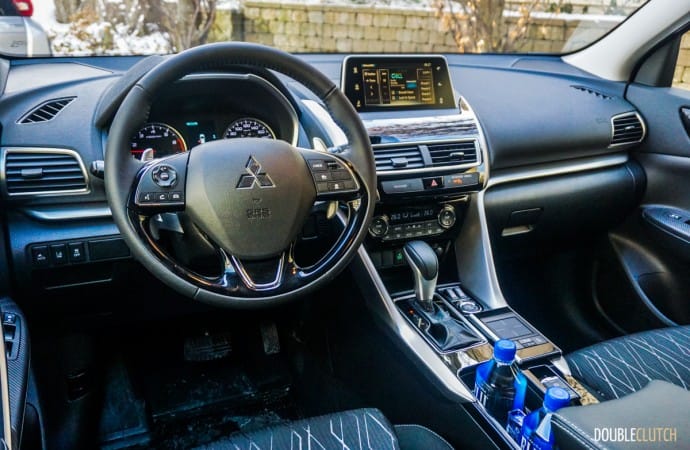
Pricing for the Eclipse Cross starts at $27,798 for the standard ES S-AWC, which comes reasonably equipped. Stepping up to the SE S-AWC ($29,998) a leather wrapped wheel, blind spot warning, rear cross traffic alert, paddle shifters, and bit more. A standalone Tech Package is available at this level for $2,000, and adds things like forward collision warning, lane departure warning, adaptive cruise control, and auto high beams. The top trim is the GT S-AWC, and sits at $35,998 with standard features such as LED headlights, heated rear seats, a leather interior and a large sunroof. A flagship “Diamond Edition” sits at the top of the model year 2018 lineup, limited to 150 models and with unique paint unavailable on any other model.
Active safety has become a very necessary suite for manufacturers to offer in order to stay relevant in nearly every segment. The Eclipse Cross uses sensors placed throughout the outside of the vehicle to monitor the surroundings. Available features include Lane Change Assist, Blind Spot Warning, and Rear Cross Traffic Alert. The mentioned forward collision warning system uses laser, radar, and a camera to predict potential hazards and stop the vehicle in time.
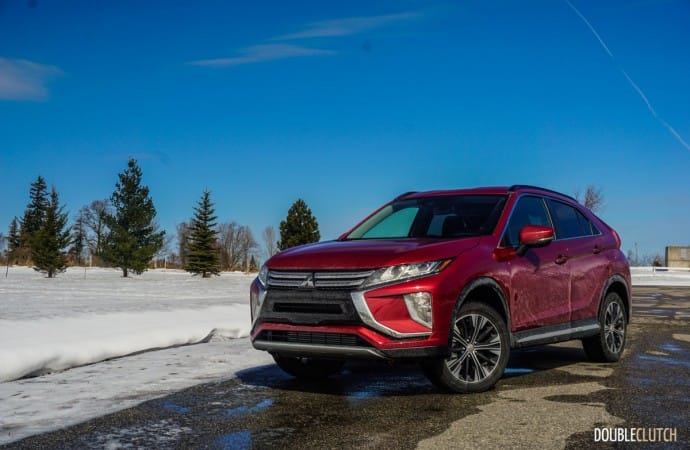
Perhaps the biggest advantage that Mitsubishi Motors currently offers in Canada over its competitors is a very comprehensive warranty package. The setup they call 10-10-10 means the car comes with a 10-year/160,000km powertrain warranty, the same length for a full bumper-to-bumper warranty, and 10-year/unlimited kilometer roadside assistance. So then, you may ask, where are the similarities to the original Eclipse? Well, it technically did have a turbocharged engine and the ability to have power sent to all four wheels.
The 2018 Mitsubishi Eclipse Cross plays in a ballpark where there is no real poor choice. The Honda CR-V and Subaru Forester are the perennial favourites, alongside the Mazda CX-5 and the Toyota RAV4. The Mitsubishi offers decent interior quality and a powertrain that is very similar to the class-leading Honda. Factoring in the segment-leading warranty, if peace of mind is what you’re looking for, the Eclipse Cross is worth consideration in this segment.

